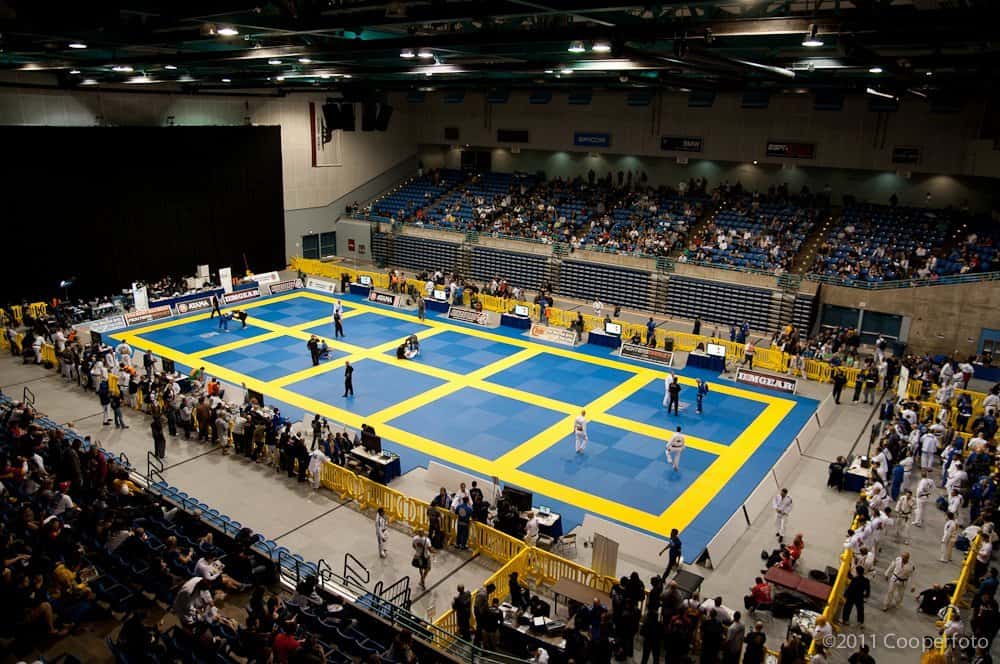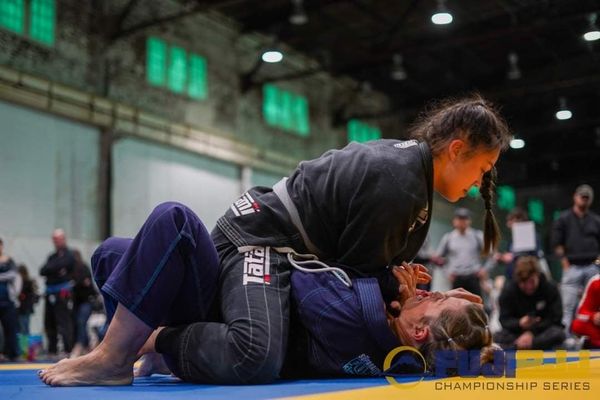
WAMMA is a world-class gym that has produced dozens of professional MMA fighters competing in the UFC and other major fighting organizations.
WAMMA NextGen is an affiliate program dedicated to kids and youth with the goal of developing high-level athletes and leaders.
We strongly believe in the synergy between academics and sports. Our aim is not only to build world-class athletes but also to nurture a culture of excellence in all areas of life.
Children and youth are encouraged to take ownership of their education, as they spend a significant amount of time on the road away from Winnipeg. The grappling sports in which our athletes compete include Brazilian Jiu-Jitsu, American collegiate wrestling, and freestyle wrestling.
Our competitive athletes travel across the country and the United States for competitions and camps.
NextGen was officially established in 2021, and our first graduate has already secured scholarships to wrestle at one of the top universities in Canada. NextGen continues to work closely with its partners in Las Vegas, Montana, Fargo, Penn State, London (Ontario), Hamilton, Calgary, Ottawa, and Colombia to offer the best training opportunities possible.
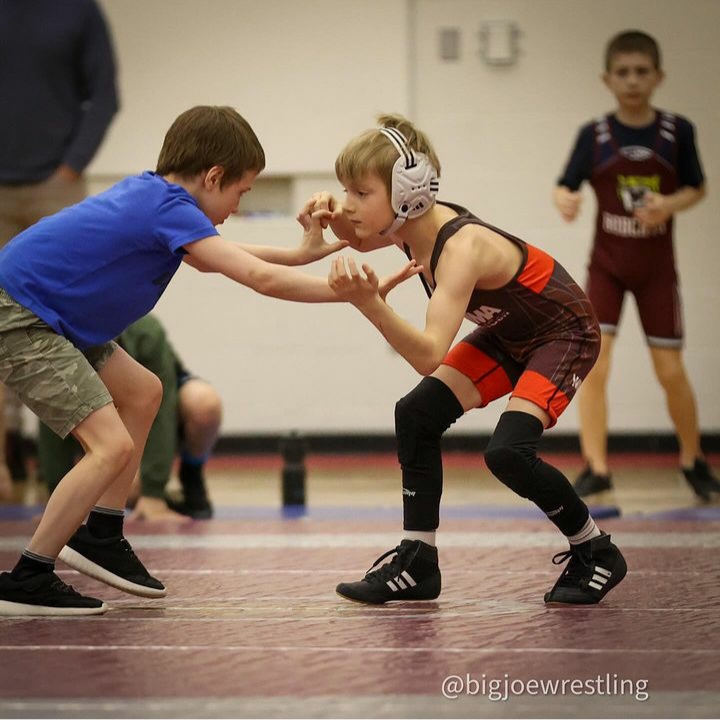 Introduction to Grappling (Brazilian Jiu-jitsu and Wrestling) Ages 8 to 18
Introduction to Grappling (Brazilian Jiu-jitsu and Wrestling) Ages 8 to 18
Are you or your child brand new to self-defense or combat sports? This program is specifically designed to introduce children to the fundamentals of close-contact grappling. It focuses on developing basic Jiu-Jitsu and wrestling skills within a fun and engaging atmosphere, tailored for kids aged 8 to 11.
Mondays and Wednesdays at 5:30 pm

Brazilian Jiu-Jitsu
Brazilian Jiu-Jitsu is a physically demanding martial art that can be extremely rewarding. It is a disciplined close-contact sport where athletes learn to control an opponent on the ground or standing and get out of difficult situations using proper technique. They learn to safely apply sweeps, chokeholds, and different locks on each other in a respectful way and in a controlled environment. It is an exciting way to develop discipline, self-control, and confidence.
Self Defense
Professional fighters agree that Jiu-Jitsu is by far the best form of self-defense. Since the most intimidating aspect of real-life situations is the unfamiliarity of forceful close contact, Brazilian Jiu-Jitsu’s close contact training prepares you for those real self-defense situations. Another advantage is that grappling arts, like Jiu-Jitsu, are practical and can be used immediately without years of training.
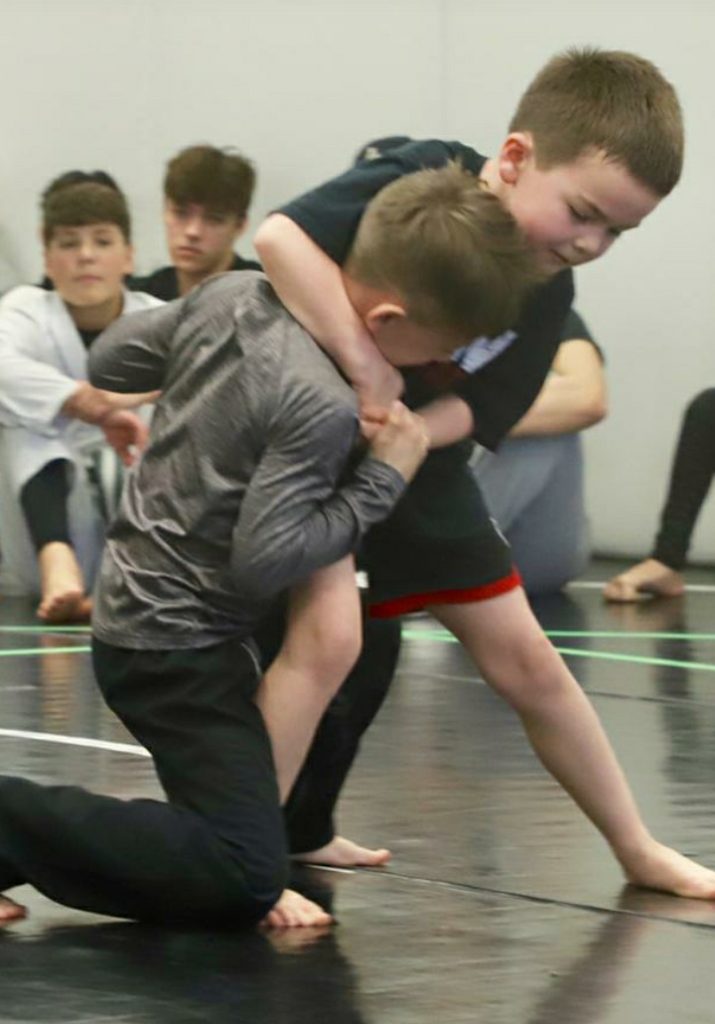 Fitness & Resilience
Fitness & Resilience
As your child progresses, rolling and drilling techniques become more physically demanding and provide a great workout. Students learn to push themselves to their limits.
Building Confidence
As students progress, they don’t realize how much they learn as everyone around them is also improving. After only a few months, it is quite common to witness a small child amazed by his or her own abilities to actually hold down and completely control an older, heavier, and stronger child. That is often a turning point for many as they go home that day with new-found confidence.
A Typical Jiu-Jitsu Class
Even though Jiu-Jitsu is an individual sport, it is very important to work as a team. Kids in the program learn the importance of teamwork by being a good partner and setting a good example for other students. All classes begin with a warm-up before moving on to techniques. Physical games, situational drills, and “free rolling” may be included at the end of class.
Submissions
Jiu-Jitsu is a sport where students learn to hold positions on a resisting partner and apply “submission holds” in a controlled manner. Submissions include joint locks and chokeholds. Students are taught to recognize the submissions hold and to “tap” to indicating the submission was applied correctly.
Safety
The most important thing in the program is learning to keep your partner safe. When applying a submission on a partner who refuses to tap or does not recognize the submission hold, students learn to stop and explain to their partner what is happening and why they are in danger. The safety of your child is paramount at WAMMA and is emphasized by the instructors on a regular basis. All students are expected to follow the rules of safety and code of conduct.
Jiu-Jitsu Competition
Even though the training is rigorous and competitive, competing in events is optional. We never pressure students to compete. The athletes who are invited to represent the club in the competition will do extra training days before a competition.
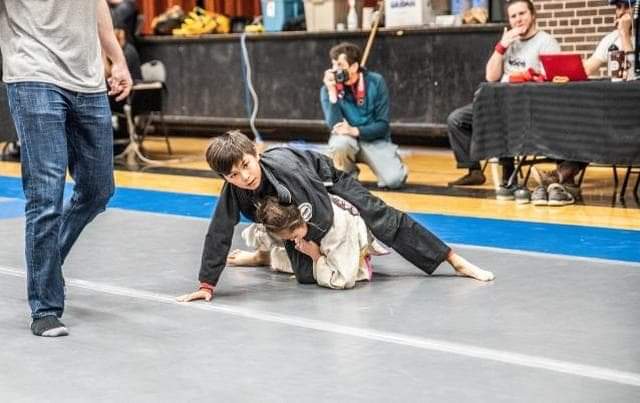
Belt Ranking
The Brazilian Jiu-Jitsu belt ranking system for adults is composed of white, blue, purple, brown, and black belts. In between belts, 4 stripes are awarded to show progression. Being a blue belt in Brazilian Jiu-Jitsu is an extremely significant achievement . It means that not only do you have a solid foundation, but you are also capable of applying a wide array of techniques on resisting opponents. The minimum age to receive a blue belt is 16 years old and can take 3 to 4 years. Youth under 16 can, with the skills, can earn a Junior blue belt, which is indicated by a white band through it. This is the highest honour a child can earn after 4 to 5 years in the program. A teenager with a junior blue belt will automatically have his or her belt replaced with a solid color blue belt when he or she turns 16. Stripes on the youth blue belt are also added to the new belt. All adult belts from WAMMA Canada are recognized worldwide.
Other Youth Belts
Four years is a long time to wait to get a blue belt, so the youth programs throughout the world have introduced belt ranking systems that apply only to students under 16. This is so students can see their progression and celebrate their success. Different schools use different belt colours such as half colours or colours with a white or black band throughout. The grey belts (seen below) are unique to Brazilian Jiu-Jitsu youth practitioners and are not found in other traditional martial arts.
Earning Your Stripes
Brazilian Jiu-Jitsu has a more conservative approach to promotion. Jiu-Jitsu is a lifelong journey and we believe in the importance of teaching kids patience. Not every child progresses at the same rate. For
example, older kids have a tendency to progress faster, and athletes who train three times a week tend to progress faster than kids who train twice a week.
We require a student to attend at least 25 classes, show hard work, dedication, and a good attitude to earn their first stripes.
Elite Program
The elite program is reserved for serious students who are looking to compete at the world championship level and are looking for University Scholarships. The program is a combination of grappling and folkstyle wrestling also known as American-style wrestling. The team train on average 10 hours a week and travels across Canada and the US for competition and training.
